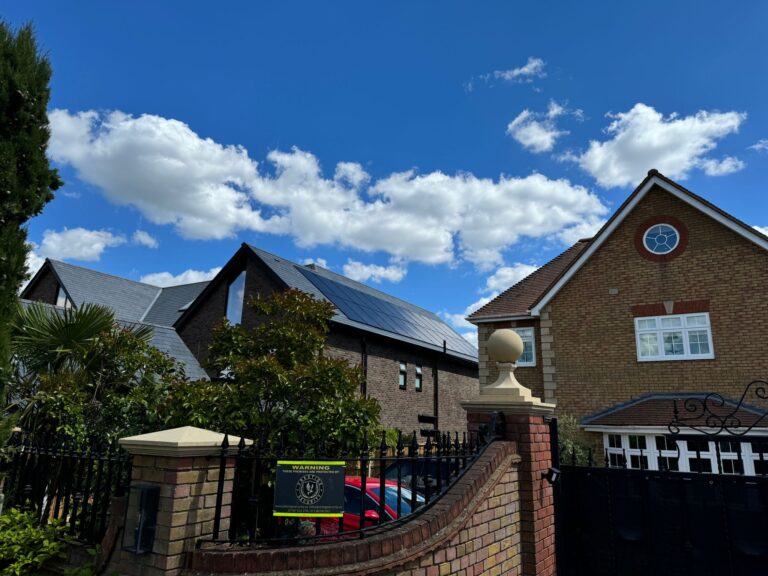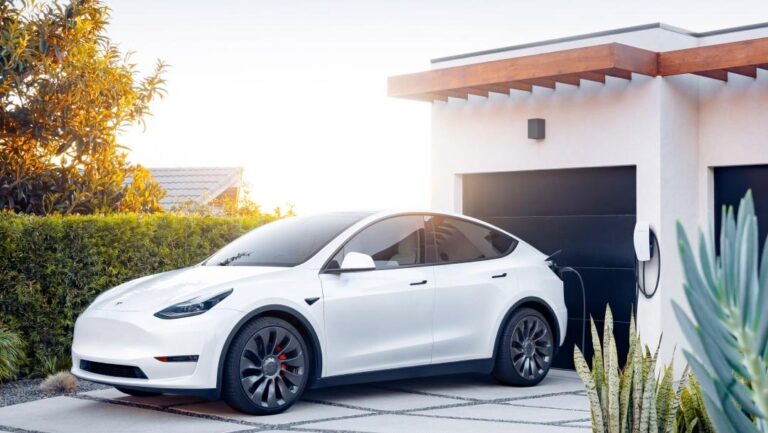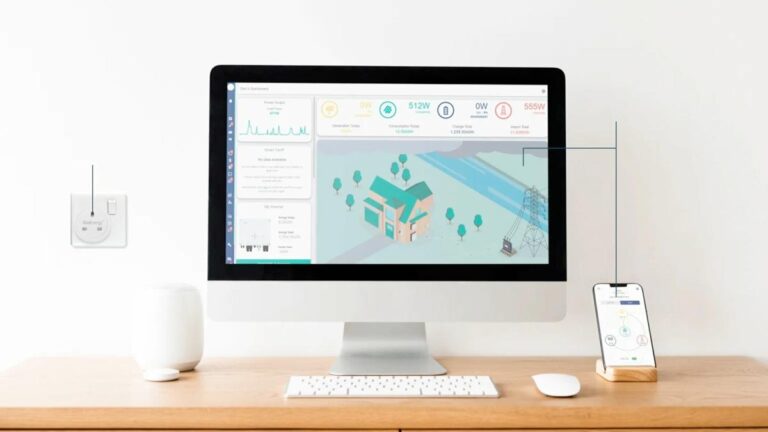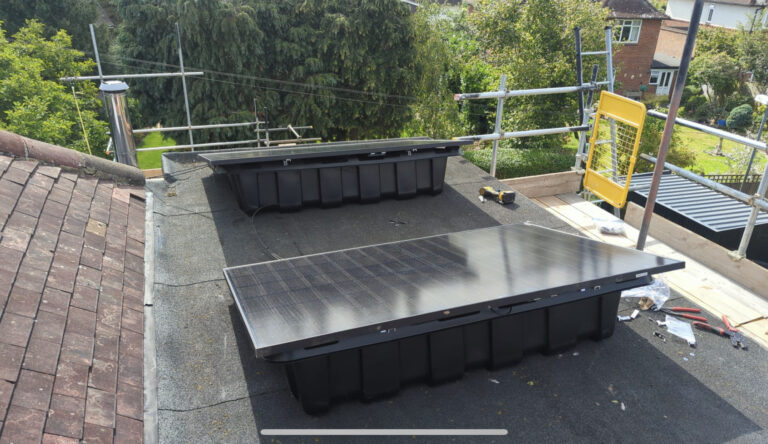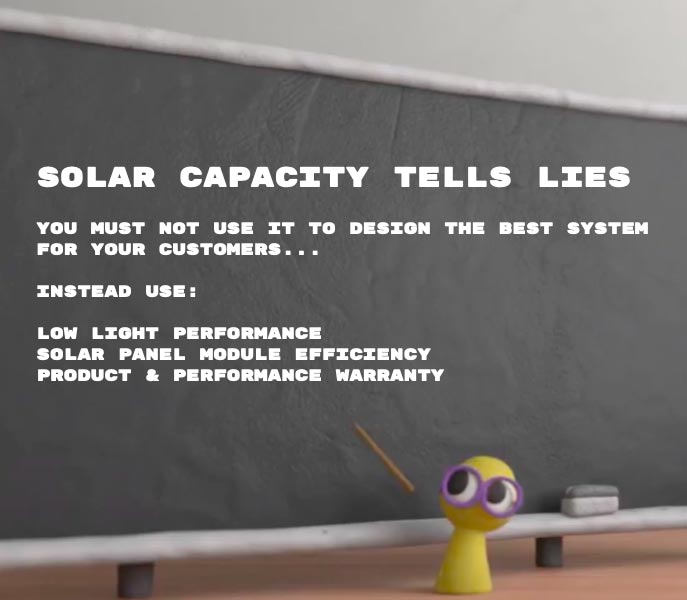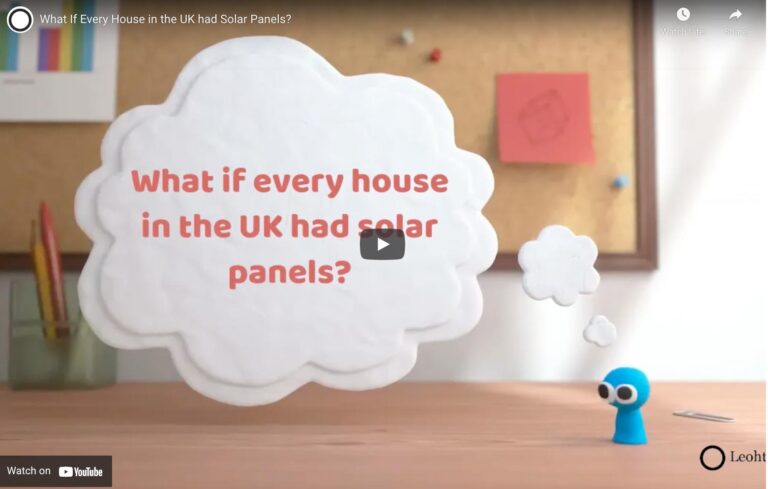Solar panels generate electricity by using the photovoltaic effect.
In 1921, Albert Einstein won his first and only Nobel prize for his work on describing the photoelectric effect.
Light (a beam of particles) knocks loose electrons from the solar cell, the solar cell then directs these electrons along a current – creating electricity. The electrons leave a ‘hole’, the electrons can then be sent back to the solar cell by completing the circuit. In theory, solar panels could last forever as there are no moving parts.
”When photons, or light, hits the thin layer of silicon on the top of a solar panel, they knock electrons off the silicon atoms” https://www.nationalgrid.com/stories/energy-explained/how-does-solar-power-work
Each solar cell has two layers, one positively charged (phosphorus added to the silicon) and one negatively charged (Boron added). An electron has a negative charge (https://www.britannica.com/science/electric-charge).
The electron will therefore be attracted to the top layer (positively charged) and repelled by the bottom layer (negatively charged) and travel through the top layer to be collected by the metallic strips and sent down a wire. https://www.nationalgeographic.org
This current of electrons is called electricity – DC (direct current) electricity has to be converted the AC (alternating current) by an inverter for us to safely use in our homes and export to the grid which also runs on AC electricity.
Video transcript:
How do solar panels generate electricity? Step by step
A solar cell has two layers. Top layer = positive charge Bottom layer = negative charge
When light hits the silicon molecules an electron is knocked loose…
These electrons are attracted to the top positive layer and repelled by the negative layer…
Electrons travel through the top layer to metallic strips that collect them and sent down a wire to provide power
This flow of electrons is electricity!

